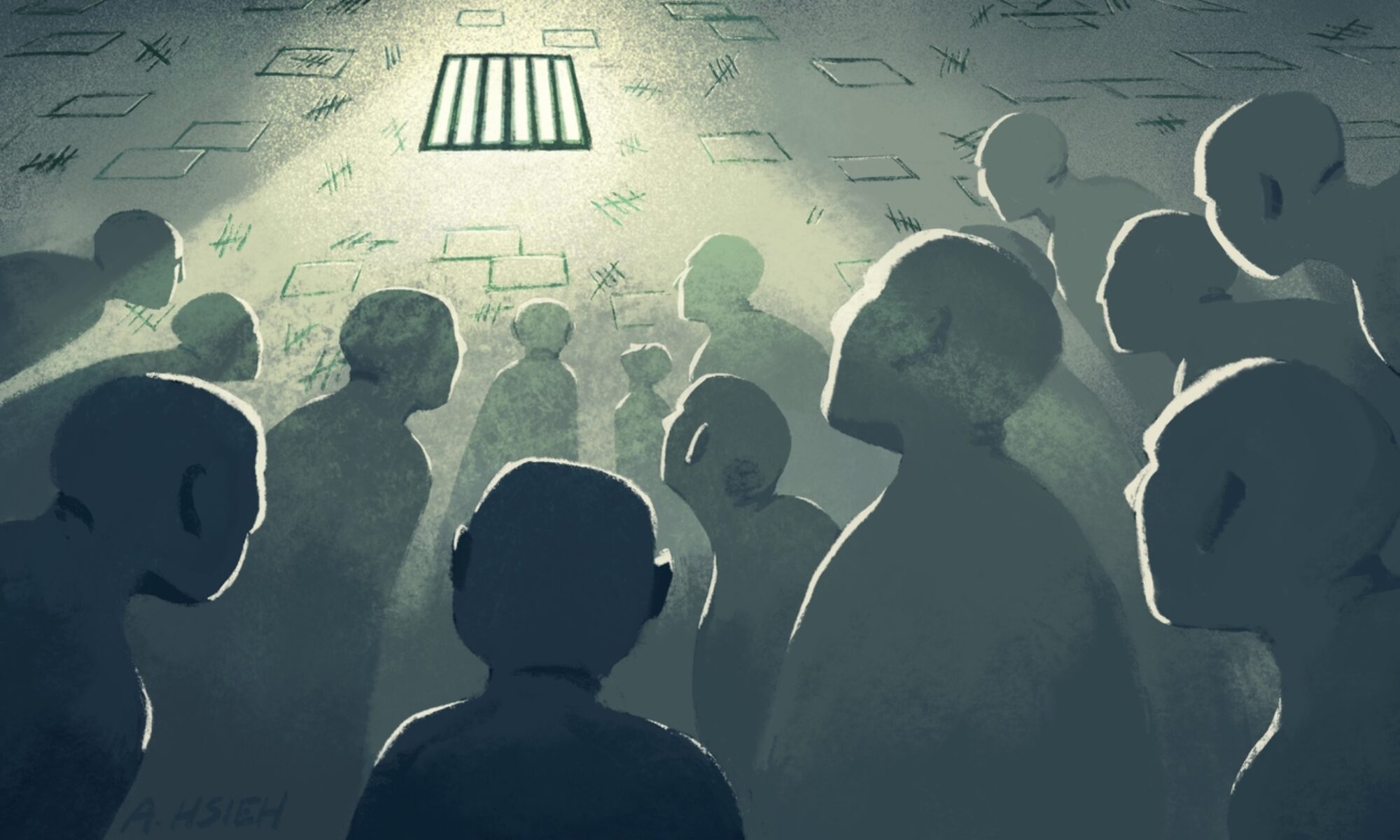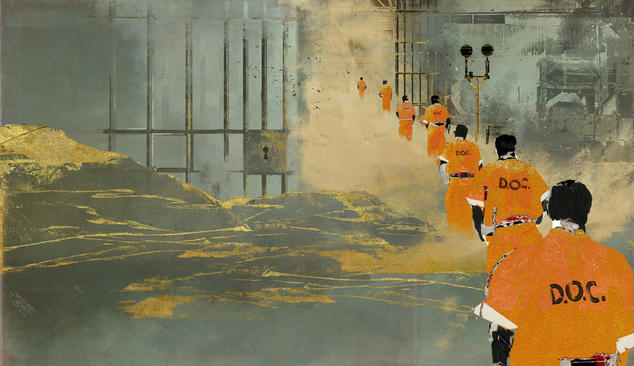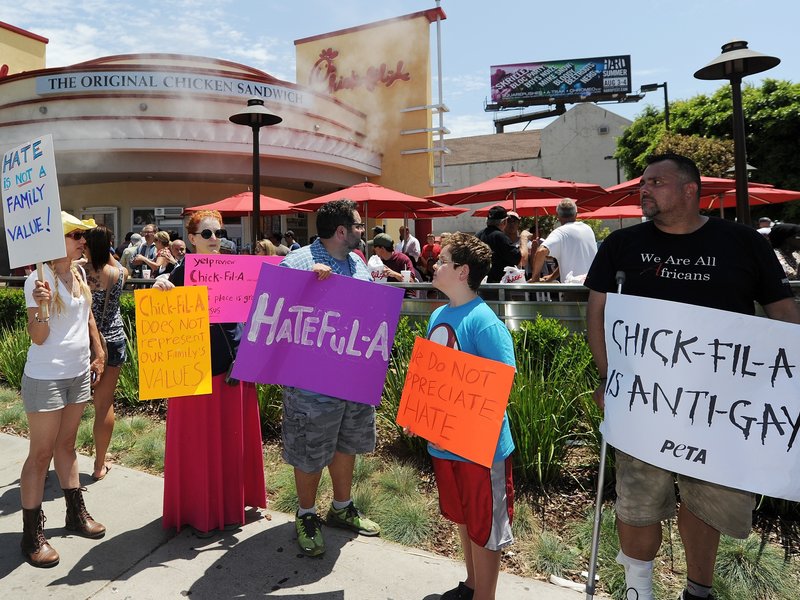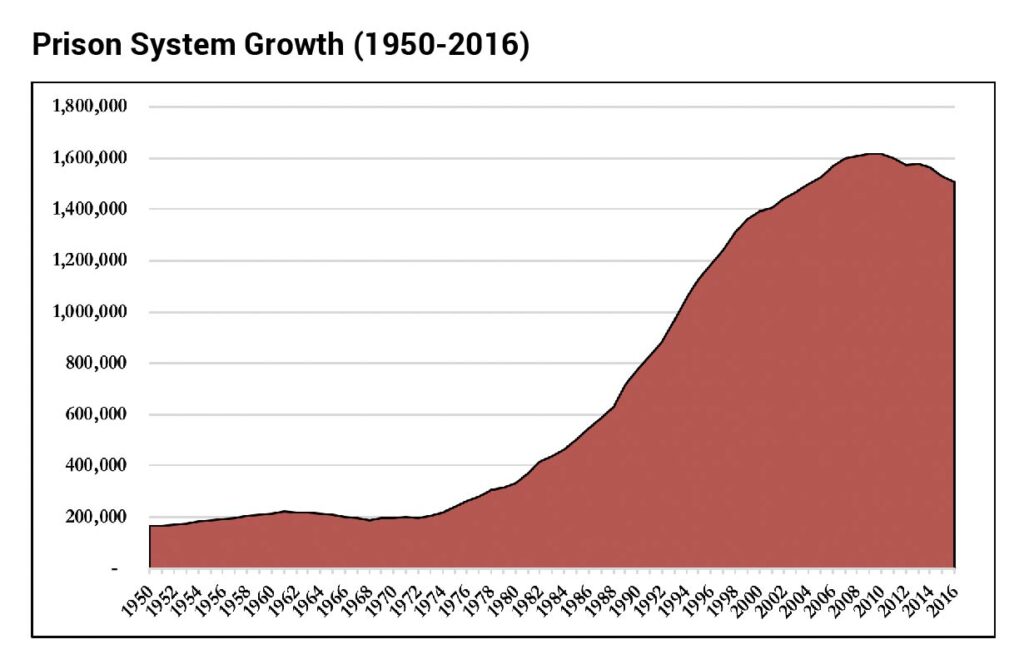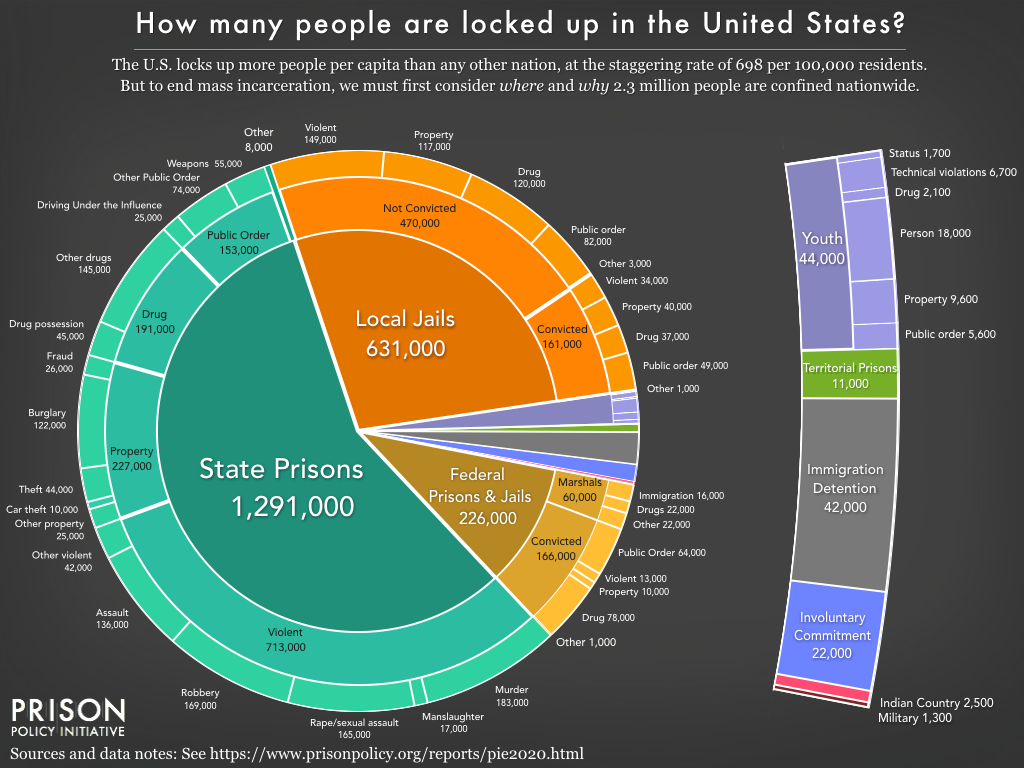As we discussed when talking about individual solutions, getting involved with a Grassroots organization is often one of the best ways to support action against the massively powerful prison system. The Campaign to Fight Toxic Prisons (FTP) is a grassroots organization worth noting. They, in conjunction with the Abolitionist Law Center, “conduct grassroots organizing, advocacy and direct action to challenge the prison system which is putting prisoners at risk of dangerous environmental conditions, as well as impacting surrounding communities and ecosystems by their construction and operation” (https://fight-toxic-prisons.org). Their mission is centered heavily on intersecting the prison abolition movement with the environmental justice movement in order to bring justice to the communities that are hit the hardest by both. Fight Toxic Prisons upholds several key partnerships and is organized in coalition with both national and local prison abolition organizations.
FTP’s website is constantly being updated with relevant, informative blog posts, as well as action items that anyone can take. These actions include phone bank opportunities, text bank opportunities and reasons to contact local representatives. In addition to providing regular resources for individual action, Fight Toxic Prisons fosters a network of support for political prisoners arrested for retaliating against institutional corruption. As part of their website, the organization dedicates an entire page to profiles of incarcerated activists that includes their addresses, websites and directions on donating to each individual’s bail fund. They collaboratively work with other grassroots organizations like Earth First! Prisoner Support, Prison Ecology Project and Rising Tide North America to maintain this support network and to keep it current with up to date information and research. Another important piece of Fight Toxic Prisons’ work is their commitment to yearly convergences of all their partners. These convergences feature speakers, workshops, panels and discussions in order to create space for critical dialogue on anti-prison environmental work. The organization is committed to featuring the voices of those most impacted by the issues at hand.
By holding convergences, the The Campaign to Fight Toxic Prisons showcases how they engage stakeholders from across the country. They commit to amplifying the experiences of former prisoners, family members and supporters of current prisoners specifically and intentionally. FTP is primarily funded by the Abolitionist Law Center, and earns additional money through fundraising.
The limitations and barriers of this organization are likely related to reach and funding. Grassroots work means denying large donations that come from corporate interests, making it difficult for any small, community run organization to earn widespread recognition and adequate funding. That being said, creating a social media platform and finding ways to engage community members consistently can be challenging, particularly without the financial means to create permanent, paying positions. Overcoming these barriers is a long term effort. Building a movement from the grassroots means investing years in building a base of support committed enough to follow through with powerful actions and initiatives. It also means putting in the time and energy into forming a network, something that Fight Toxic Prisons is already doing. The larger a coalition they can build, the easier resource sharing and movement building will become.
